Sancerre wine might be one of the most popular varieties on the French’s list of wine varieties. With our guide, knowing what is Sancerre wine comes as a breeze. We will tell you about its history and how it is harvested and produced.
What is Sancerre Wine?
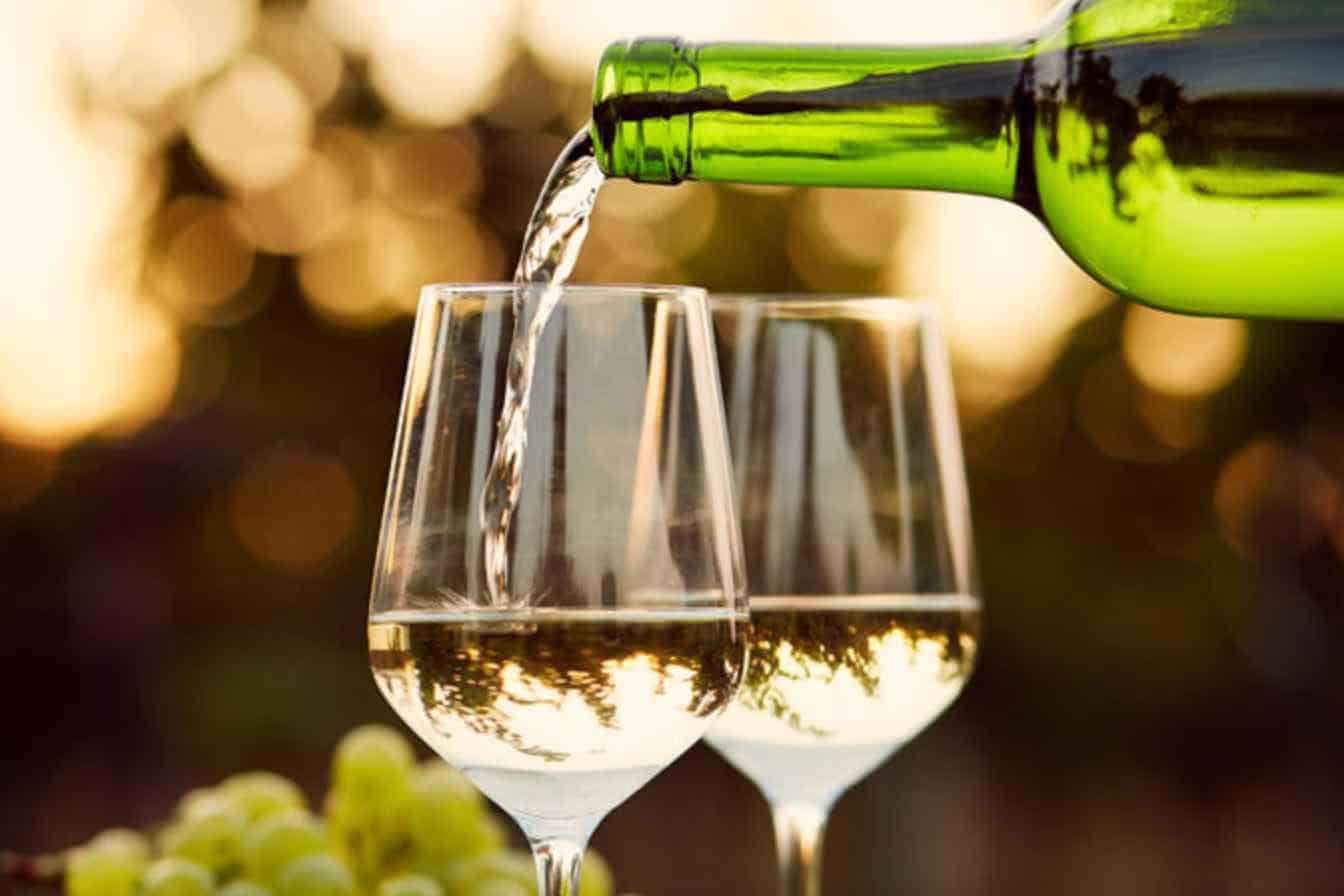
|
Origin |
Sancerre, France |
|
Commonly made with |
Sauvignon Blanc, Pinot Noir (rarely) |
|
Color |
White |
|
Taste |
Bold Herbal Notes |
|
Texture |
Dry and Acidic |
|
Sugar Content (per liter) |
4g to 8g |
|
ABV |
10% to 12% ABV |
|
Biggest Producers |
France |
Native to a part of the eastern Loire Valley, Sancerre wine is a famous blend of French white wine. Its herbal notes, dry texture, and excellent aroma are known.
Sancerre wines vary in flavor notes depending on the part of the valley you are in. The Sancerre label dictates where the wine came from rather than the type of wine it is.
It has several types, such as Sancerre Rose, Sancerre Rouge, and the most popular, Sancerre Blanc. Rather than single-type grape varieties such as Resiling or Pinot Noir, the Sancerre wine refers to the wine from the region.
Commonly, Sauvignon Blanc is used in making wine. However, some rare Pinot Noir varieties also exist for rose and rouge wines.
What is the Difference Between Sauvignon Blanc and Sancerre Wine?
Sancerre wine is often confused with the famous Sauvignon Blanc. It’s pretty easy to differentiate the two despite them having similar appearances.
To explain it plainly, Sauvignon Blanc is a grape variety, while Sancerre is a type of wine from France. All Sancerre Blanc is made with Sauvignon Blanc, while not all Sauvignon labels on the wine came from Sancerre.
Pouilly-Fumé, a nearby French appellation, is a close comparison to Sancerre. Most wine connoisseurs even have a hard time distinguishing the two.
How is Sancerre Wine Made?
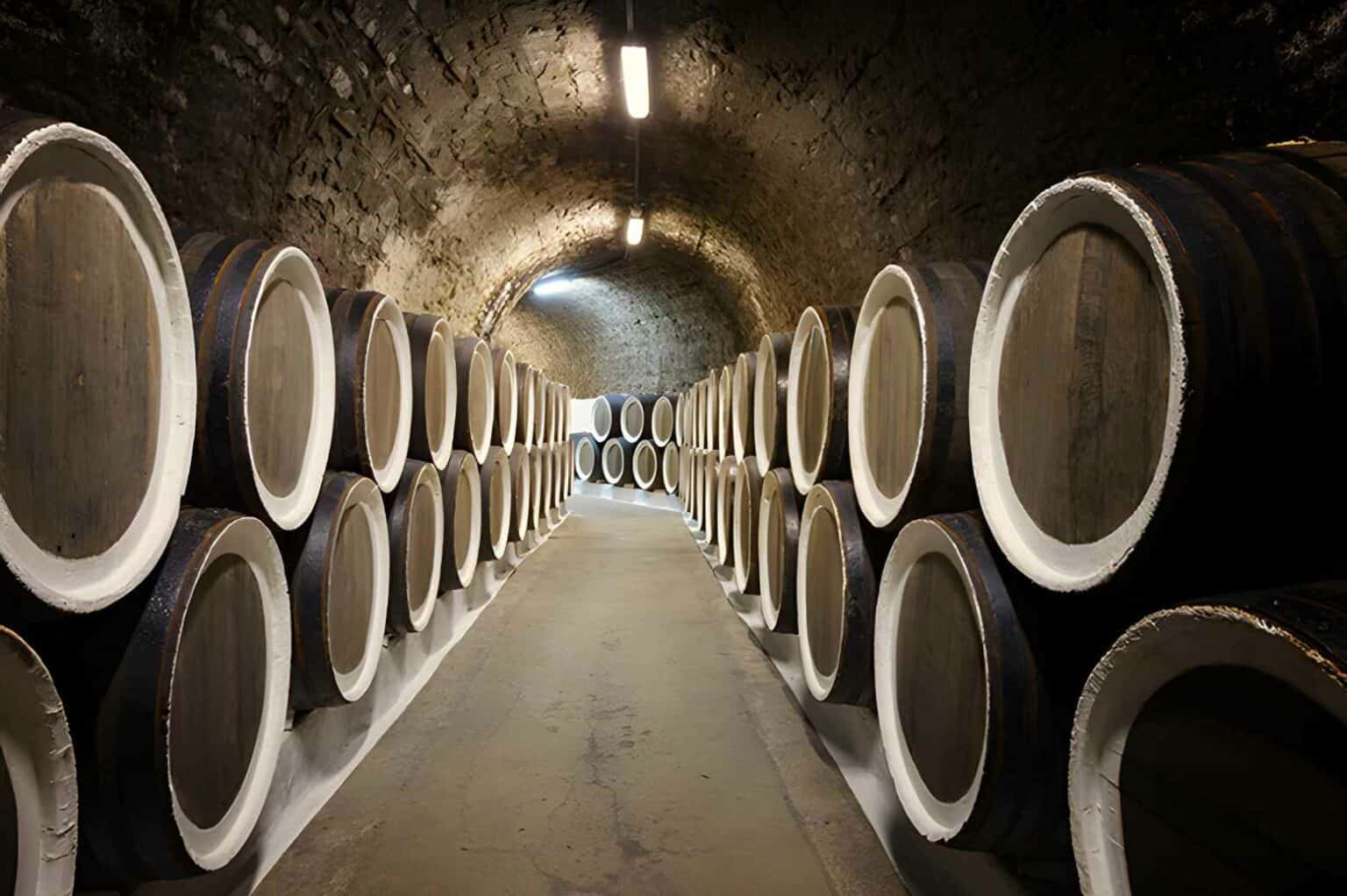
Sancerre wine takes its first step toward production in the valleys of Loire. The clay-rich soil of the region makes it a perfect place for Sauvignon Blanc vines to produce healthy and high-quality wine grapes.
The slopes and cold air in the area serve as a perfect balance between cold air and warm summer sun.
Two primary wine grapes are used in Sancerre wine: Sauvignon Blanc and Pinot Noir. Sauvignon is used for the more popular and standard Sancerre Blanc, while Pinot Noir is for Sancerre Rouge and Sancerre Rose.
As the wine grapes ripen, the harvesting comes next. Since the Sancerre area is a wide valley with many steep parts, the way of harvesting varies from place to place.
For steeper parts, mechanical harvesting might be impossible. So, most of the wine grapes are picked out by hand. Due to the labor, most of these varieties can come at a higher price.
However, the valley is also a land with many flat terrains. With these vineyards, mechanical means are used to make the work much faster.
Since the Sancerre wine varies a lot in taste between fruity and herbaceous, harvesters must take note when they must harvest their wine grapes.
Most fruit and aromatic notes tend to develop farther away from the initial ripening of the grapes. That said, most herb-leaning Sancerre wines are harvested at the start of the season.
Then, the aging process must start. With most Sancerre wine, malolactic fermentation is not needed. Most go straight into an oak barrel for an oaky twist. It also gives the wine its flinty aroma.
History of Sancerre Wine
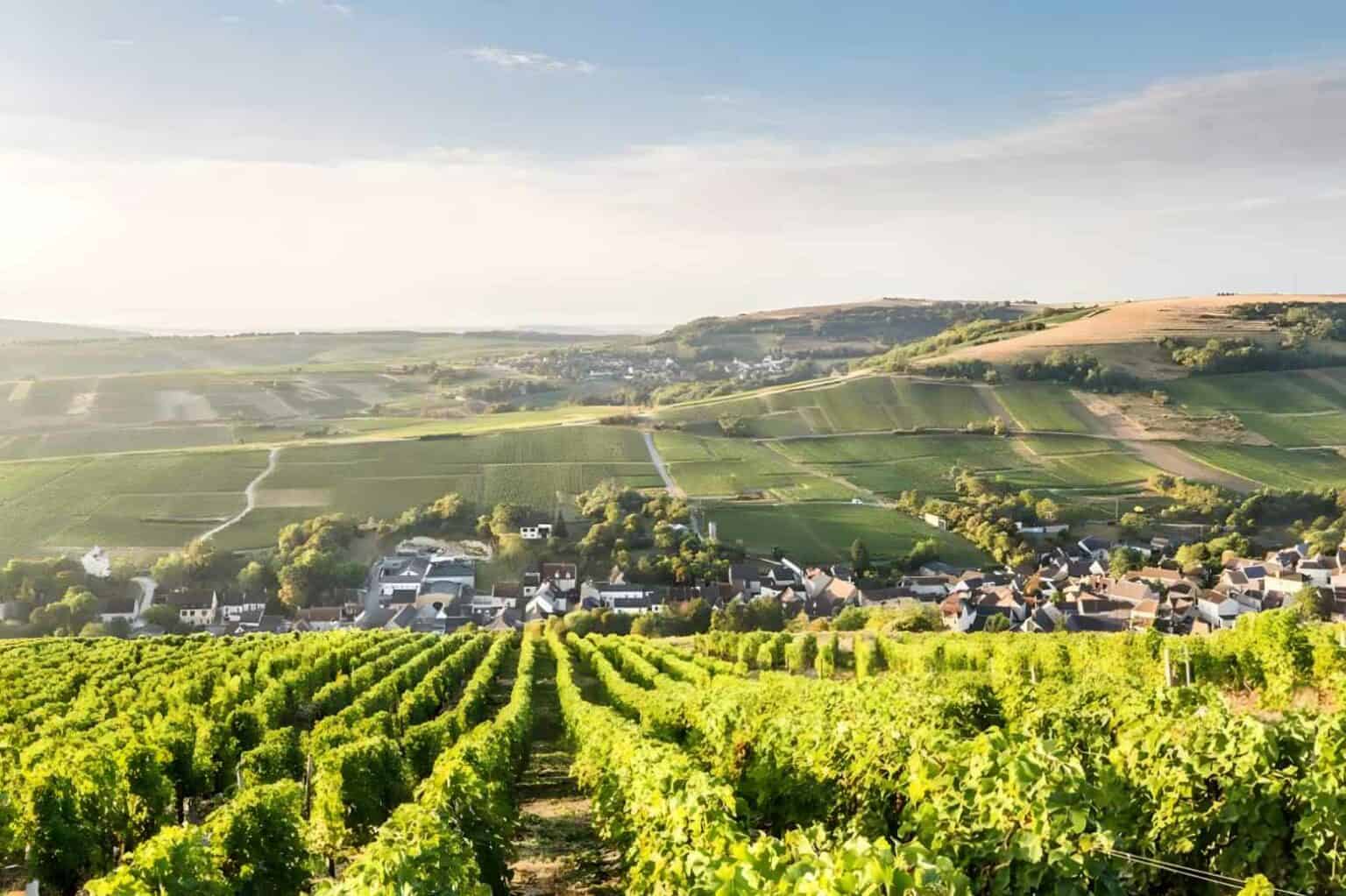
Sancerre wine came from the easternmost part of the Loire Valley, where the Romans are believed to be the original cultivators. Its colder climate and highlands make it a perfect place to cultivate wine grapes.
During ancient times in the valley, Romans had a nearby village by the river where many winemakers left. As the slopes of the valley provide natural sunlight and cold air to help ripen the wine grapes, the cultivation of the crops became the superior product in the area.
During that time, older varieties such as Pinot Noir and Gamay were Sancerre’s primary type of wine grapes. Unfortunately, a nasty case of phylloxera epidemic spread across the land during the 1800s, where it destroyed most of the Gamay vines.
Since the epidemic, Pinot Noir has been the only remaining variety in Sancerre. Since the Gamay variety is lost, it leads to the prominence of Sauvignon Blanc. Eventually, it topped Pinot Noir in grape yield and became Sancerre’s primary wine grape.
With the Paris railway system chugging along, the demand and distribution of Sancerre wine also increased. As WWII ended, white wine became part of the French food culture. It has become a prominent beverage in the bistro scene.
Nowadays, Sancerre wine has the image of being an elegant, acidic, and delicious food or cooking wine.
Taste and Appearance of Sancerre Wine
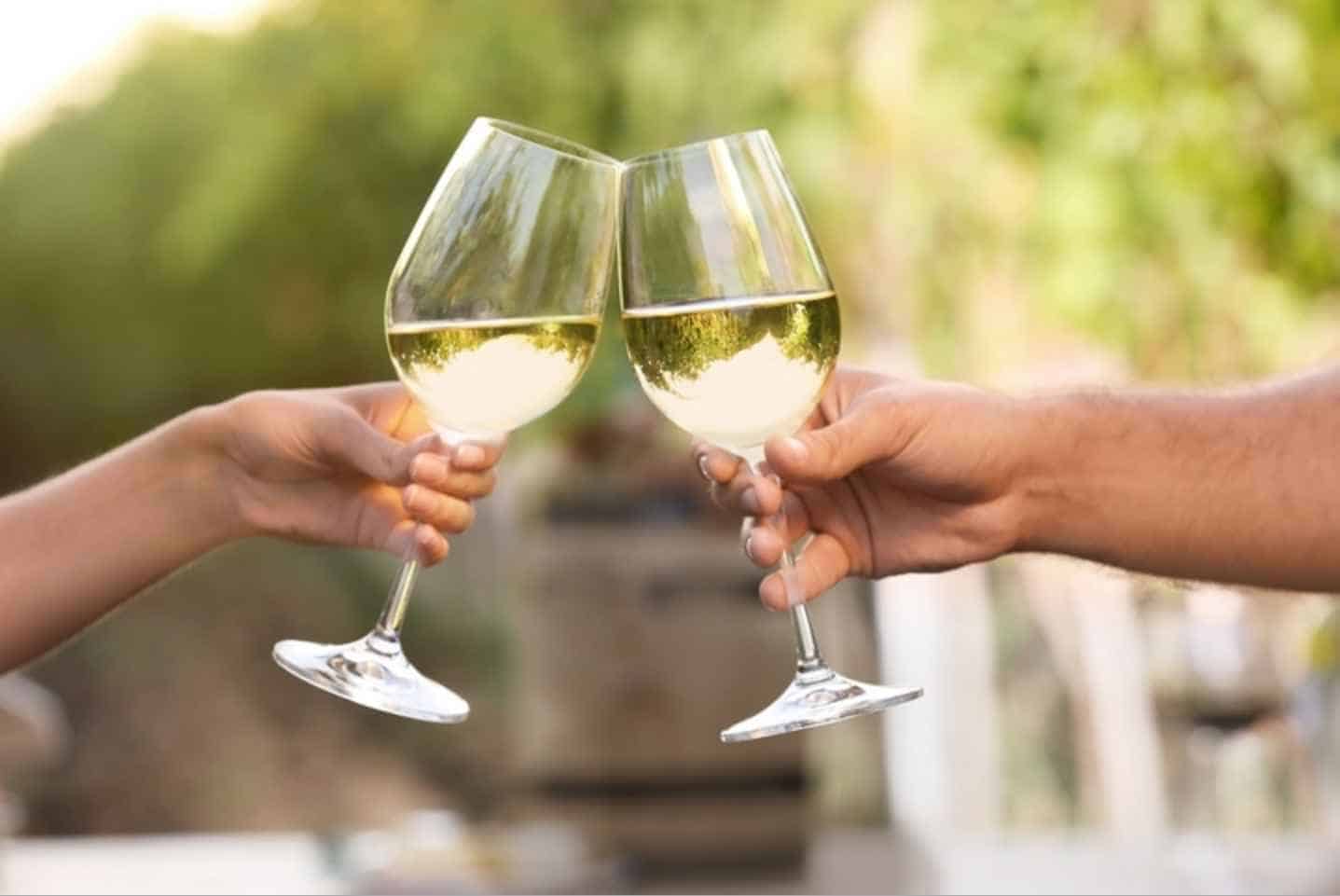
Sancerre is famous for its clear white color. It has a dry finish, much like wines made from Sauvignon Blanc and other wine grape varieties.
Surprisingly, the wine has less sugar than many white wine varieties. Most have around 4g to 8g of sugar per liter, making them less sweet than other white wines.
However, Sancerre Rose can be particularly sweet, depending on the region you are getting it from, especially since it’s made with Pinot Noir. Meanwhile, the Sancerre Blanc can be bolder and dry depending on the location of the wine grapes. It also has Sauvignon Blanc as its wine grape, which results in a dry and bold blend.
Since most varieties are not that sweet, Sancerre has a nice dry finish with every sip. Notes of herbs, gooseberry, and grapefruit are very particular with the wine. However, the flinty notes from the fermentation are what marks Sancerre away from other wine varieties.
Low in tannins, it’s perfect for cooking and as a dessert wine. The Sancerre wine also has an excellent balance of acidity and high alcohol content.
How to Drink Sancerre Wine

Now that we know most of the Sancerre wine, let’s explore how you can drink it. Fortunately, this white wine does not need any decanting or aeration process.
As Sancerre is low in
Try it Out with Cheeses
Sancerre wine can be a perfect pair to any of your cheese and charcuterie board favorites. Goat cheese types are the best when it comes to this pairing.
Unlike many white wines, Sancerre has dry and less sugar content. It serves as a nice balance between fruity aroma and excellent acidity.
Regarding cheese, France is one of the most fantastic places to be. That’s not different when it comes to goat cheese. Even the Sancerre region even has some goat cheese in the local area you can try.
Great for After Meal Wine
Whether you ate meat or vegetable base for your meal, a good sip of Sancerre wine is a satisfying way to end a fine-dining meal. Pair it with a delicious dessert, and you will not regret it. Sancerre’s acidic nature of the wine makes it a perfect palate cleanser after you eat your meal.
Since it’s more aromatic than sweet, taking a sip of the wine will not unbalance what you are eating. The pleasant smell can even elevate your meal to a whole new level.
Sancerre Wines You Should Try
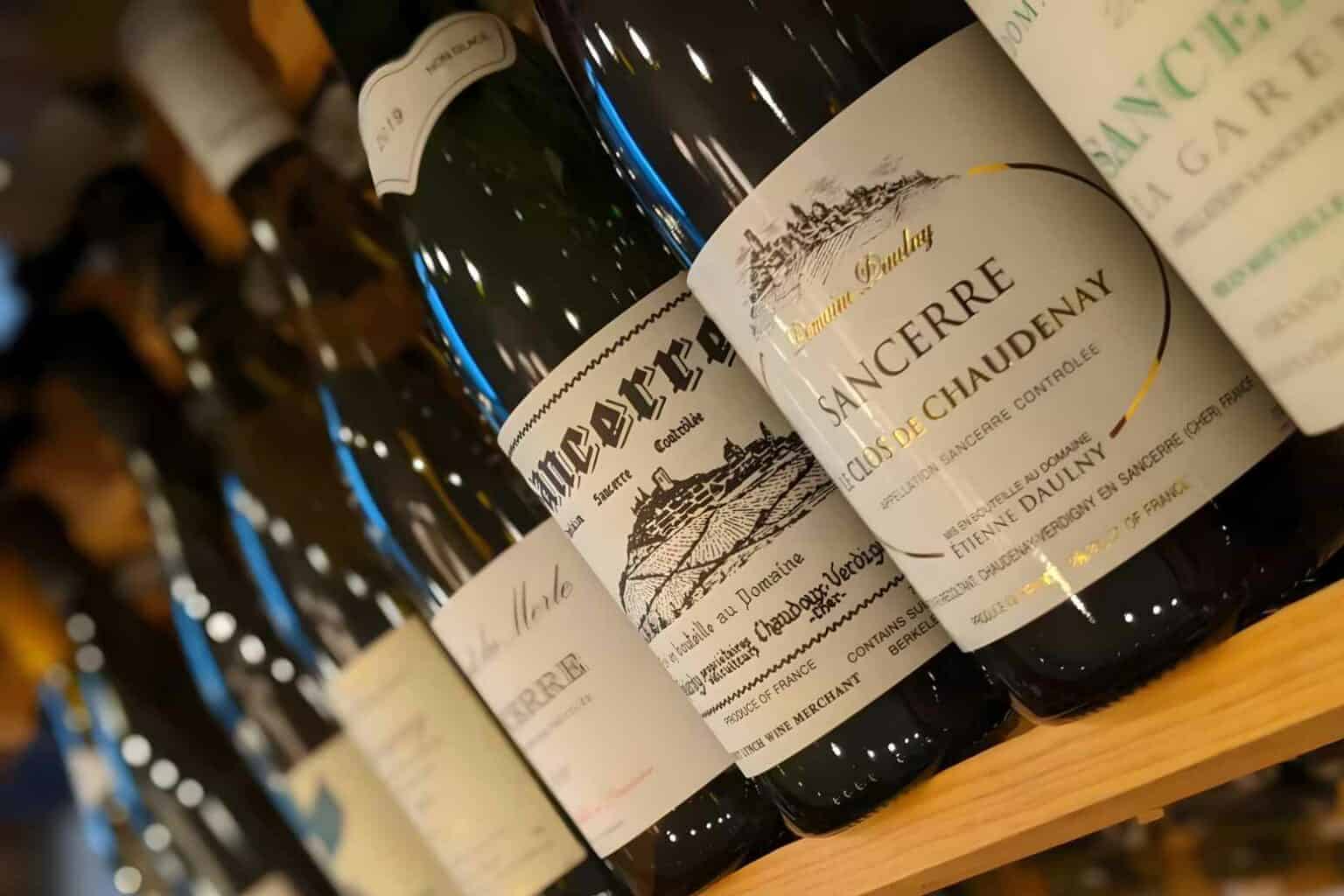
Are you interested in trying out the delicious Sancerre wine? Well, you are lucky; these three bottles of Sancerre wines can be your next bottle.
1. Isabelle Garrault Les Grands Monts Sancerre Blanc
A vintage from 2019, if you want an inexpensive yet excellent quality Sancerre wine, this bottle from Isabelle Garrault might be the one for you. With strong hints of citrus notes, it’s a perfect pairing for many dishes such as seafood, veggies, and even spicy ones.
The firm notes of zest, apples and honey are with every sip. This bottle can be an excellent introduction if you are unfamiliar with Sancerre varieties.
2. 2019 Comte Lafond Sancerre Grande Cuvée Blanc
If you are a fan of a more earthy blend of Blanc, this Sancerre wine is excellent. It has special notes of smoke, minerals, and subtle citrus notes. The tree fruit tastes prominent, with Sancerre also present.
Although it’s more in the middle regarding the price, the reviews and ratings for this one are all you need. It’s a perfect wine for any meat dish.
3. 2021 Sylvain Bailly Terroirs Sancerre
Green apple, pear, and citrus, this bottle from Sylvain Bailly gives a nice blend of fruit blends. With lightness and significant acidity, this wine is perfect for fish, vegetables, and cheese. It also has hints of flint and minerals prominent in the Sancerre wine.
The wine is acidic yet has a smooth texture. Its low price is a perfect way to try out the Sancerre wine.
In Summary
With this article, all your questions about what Sancerre wine is are answered. From its history, how it’s made, to the taste and flavor profile, we have it all for you. So, what are you waiting for? Try out a bottle of this delicious white wine from the Sancerre area.
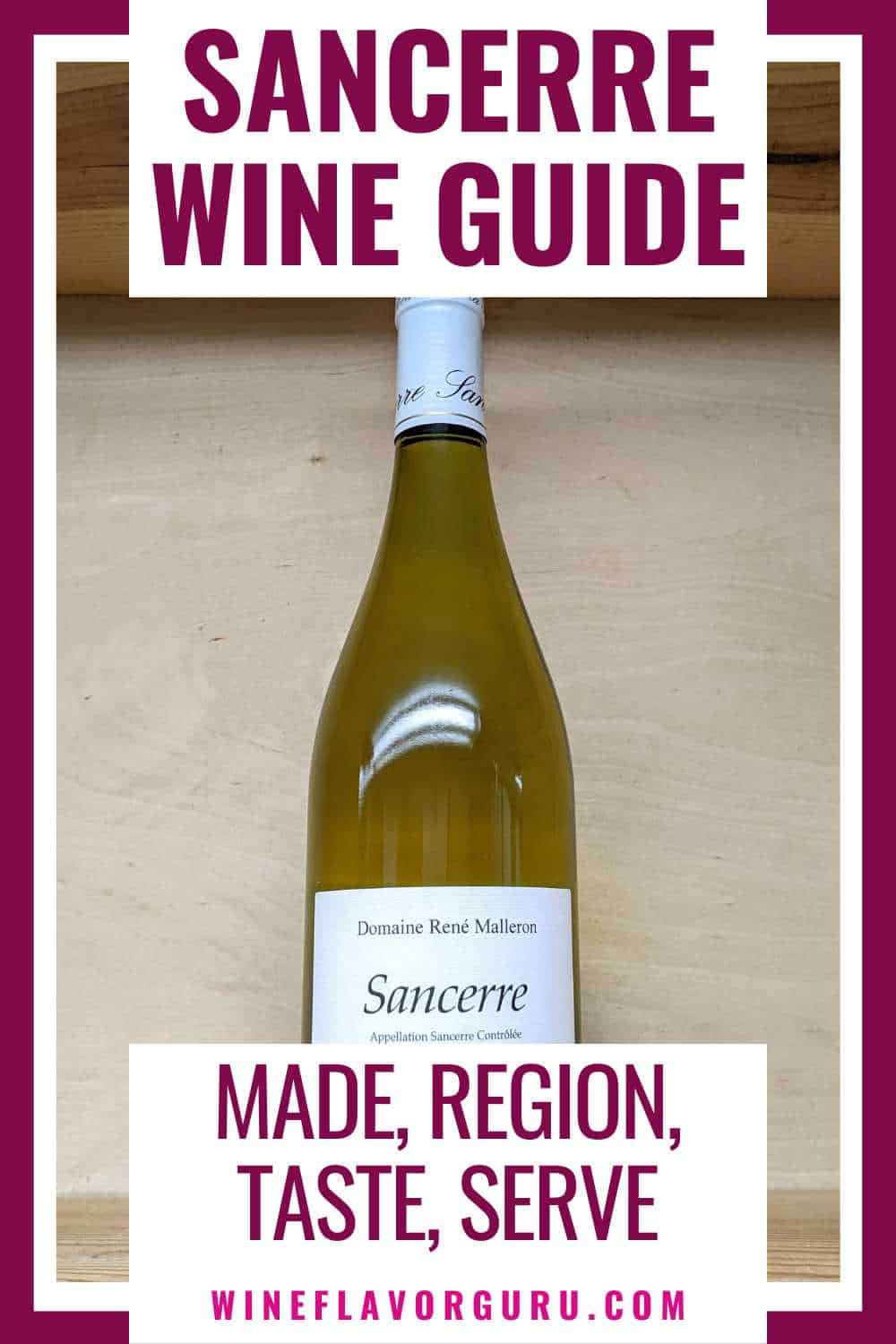

George Moore, co-founder of Wine Flavor Guru, is a charismatic entrepreneur with a rich background in California’s wine industry. Alongside Sylvia, he transformed a Sonoma County vineyard into a source of premium wines. George’s expertise in sourcing exceptional grapes and his approachable style make wine appreciation both accessible and engaging.
